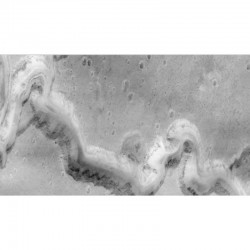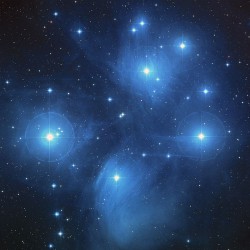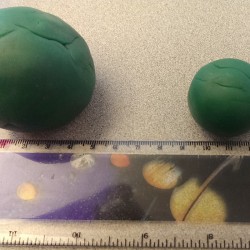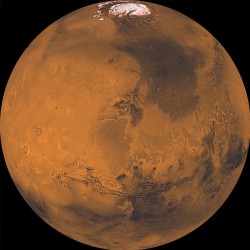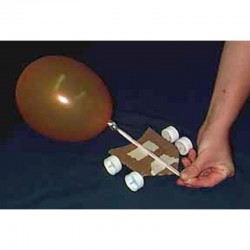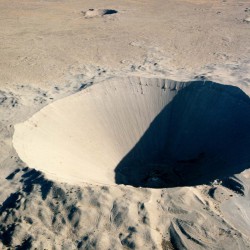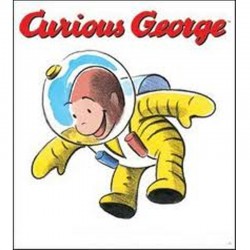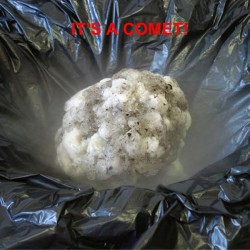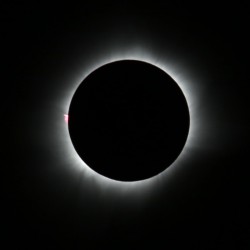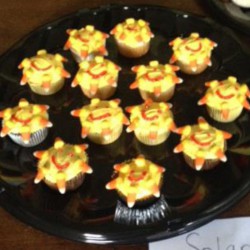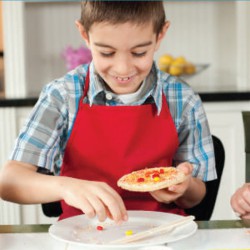Sort
Space Science There are 108 items.
This collection focuses on the wonders of space. Find activities about the Moon’s influence on Earth, characteristics of stars, creating a “comet”, and much more!
-
A Matter of Perspective
Children observe images from very close up and from far away to establish what they can learn from different perspectives... 0
Check It Out
-
Blind Mice Go To Pluto
Students view a strange new planet in our Milky Way Galaxy to determine what it is like. 0
Check It Out
-
Improv with the Stars!
After learning about four stellar classifications and the characteristics of stars, groups of patrons act out an improvisation of a personification of the four stars while the audience has to guess which star type is which. 0
Check It Out
-
Playdough Planets
1 Review(s)Patrons create rocky planets out of play dough, and then learn about distances in our Solar System by placing them the correct distance apart. 1963
Check It Out
How-to Video -
Mars Match Game
Patrons view images of Earth and Mars to compare features, just like a scientist (planetary geologist) would. After matching pairs of Earth features with Mars analogues, they discuss why they matched the pairs together. 0
Check It Out
Implementation Guide Provides extensive background information, facilitation outline, materials shopping list, extended supporting media suggestions, correlations to national standards, and more. -
Rocket Car Distance Challenge
2 Review(s)Using new and recycled materials, patrons construct rocket cars that use a balloon and straw “rocket” to move. Students will “race” the cars to see which can go the farthest before revising their design and “racing” again. 3060
Check It Out
Teacher's Guide Provides classroom connections, key concepts, connections to science standards, and additional resources. -
Wind, Water or Crater Impacts?
Patrons model the effects of wind, water, and impacts on a planetary surface using sand. They will compare the surface features they modeled with images of planetary surfaces to see if they can determine which process caused the features in the images. 0
Check It Out
-
Curious George - Blast Off!
3 Review(s)Curious George is the only one who can restock the International Space Station with supplies, which means he's going up to space in a rocket! Patrons build and launch their own air-powered rockets, which they test and retest (using the engineering design process) to determine the best design. 4938
Check It Out
-
Recipe for a Comet
2 Review(s)Create a “comet” using dry ice and household ingredients and use (optional) tools to observe how it models the features of a real comet. 3442
Check It Out
How-to Video Teacher's Guide Provides classroom connections, key concepts, connections to science standards, and additional resources. -
Big Sun, Small Moon?
1 Review(s)If you’ve ever seen a picture of a solar eclipse, you may have noticed that the Moon comes very close to covering the entire Sun. 1813
Check It Out
How-to Video -
Design Your Own Solar Cupcakes
Learners will explore aspects of the Sun and solar activity by modeling them as solar cupcakes. 0
Check It Out
-
Sun Cookies
1 Review(s)Learners will use candy pieces and a cookie to make an accurate model of the Sun that they can eat. 2920
Check It Out



